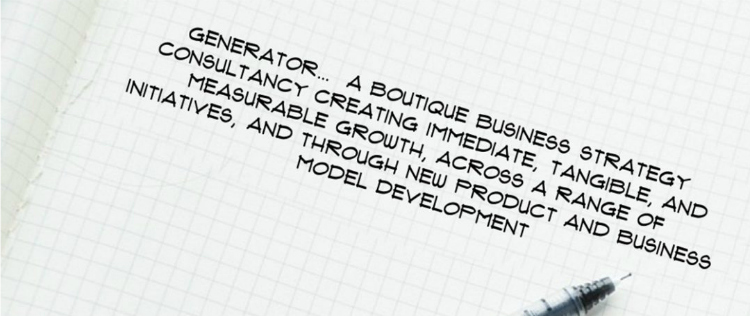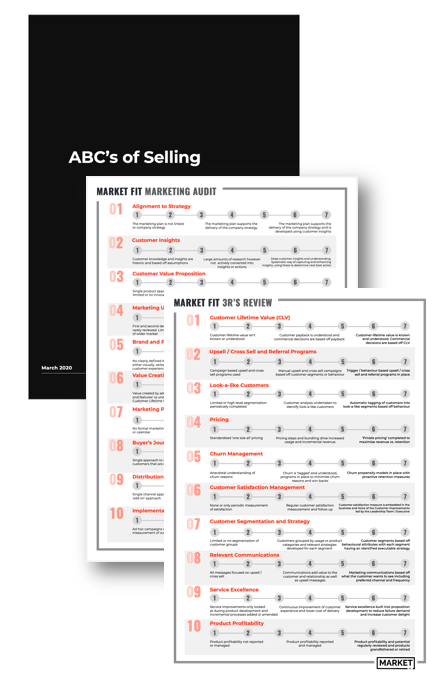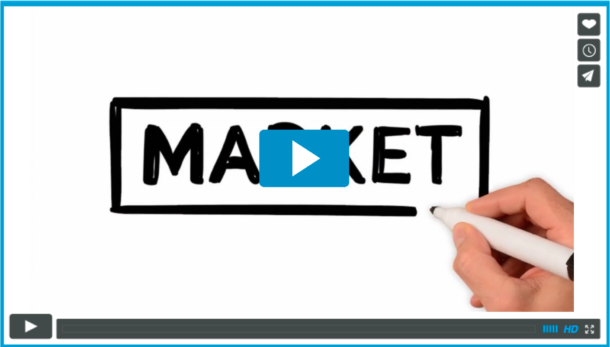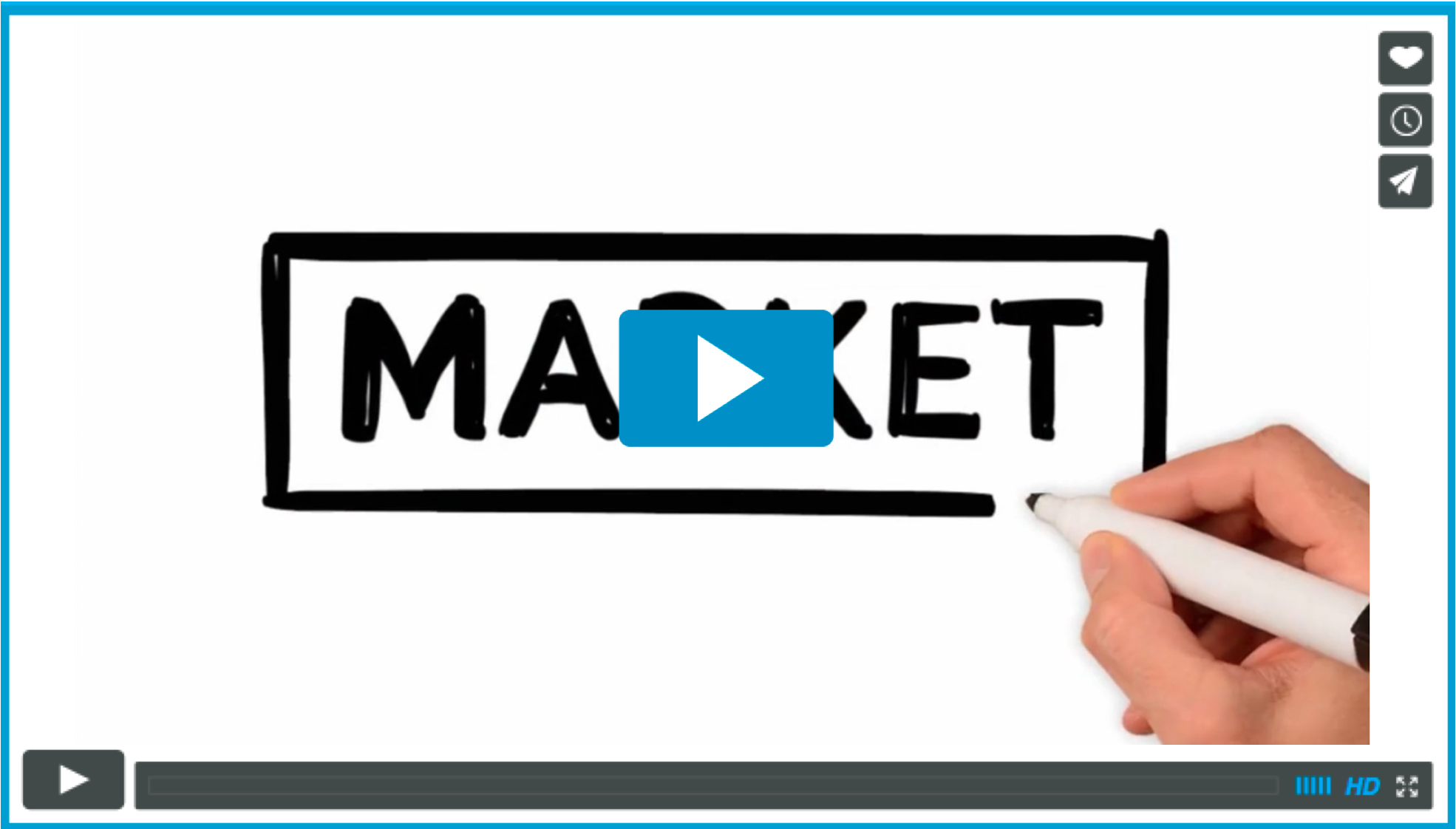I’ve been rebuilding the Generator website over the last few weeks. It’s been great, the site itself is simple, but it’s given me some good insight. Enough in fact to deliver three blogs.
This week, something we all should avoid – the saggy middle… or custom versus off the shelf solutions.
Website design has come a long way in a very short time. Eight years ago my wife Amanda started www.recline.co.nz (relax… this isn’t a new revenue stream for me – she’s since sold it). Back then websites were complex and expensive. And unless you understood code you were basically on your own or you had to use expensive development shops. Productised and templated offerings have obliterated that barrier – as a chip off the old block now even my eleven-year-old daughter has built a simple site for herselfHere are just a few of the things Amanda had to navigate:
Here are just a few of the things Amanda had to navigate:
- No responsive design
- No e-commerce platform
- No possibility of nimble, reactive site changes
- Extreme cost
Fast forward eight years and platforms like Shopify and BigCommerce have nailed e-commerce (website, payment, AND fulfilment integrations). Eight years ago solutions like this would have freed Amanda to concentrate on what really mattered – product selection and attracting customers.
Nowadays even choosing an off the shelf platform doesn’t mean you actually have to BUILD the thing yourself – as we saw last week an outsourcer from freelancer.com or upwork.com might just do better than you.
A pretty face will only get you so far – everyone knows it’s what’s upstairs that counts. That’s why I choose WordPress as my CMS… what started out 13 years ago as a blogging platform is now a powerful and feature rich platform. Generator itself uses a customisable theme (Divi), and has 100’s if not 1,000’s of features that I couldn’t conceive of using.
On top of these off the shelf options, my whole site was actually built offshore at maybe 20% of what I was quoted locally.
There’s a moral to all this – whatever space you’re in, you cannot afford to be caught in the middle. Niche or dominant are the only places to be. The level of services available to players “below” you are constantly, Moore’s law-like, improving – sweeping the middle ground out from beneath your feet. Don’t get caught in the middle. You will be eaten alive.
This applies equally to sectors, not just websites:
- amazon.com have effectively killed off chain bookselling, leaving flourishing local indies (like Time Out or Unity), whilst in the UK the only dedicated book chain has been forced to reinvent itself in the indy image
- Supermarkets have decimated off-premise bottle shops. That hasn’t stopped the emergence of specialist wine, and now liquor shops.
- Rebel Sport (and seemingly the world’s longest “always on” sale) may have killed sport shops.. but now there are all sorts of specialist bike, running shoe, and niche sport shops
- And even in websites the platforms are becoming more sophisticated. there is however still room for upper level guys, building a more complex set of solutions.
Key Takeaways
- Do not get caught in the middle. Dominate or niche.
- Become big, but also keep servicing the widest possible audience, keep enhancing and growing your offering
- Keep moving up the value chain
- Or niche down to the smallest mark, the big guys can’t touch you here – and keep moving up the value chain
- Differentiate, and never stop innovating
Don’t get caught in the middle. You will be eaten alive.
KS
This post was originally posted on www.theexponential.agency




